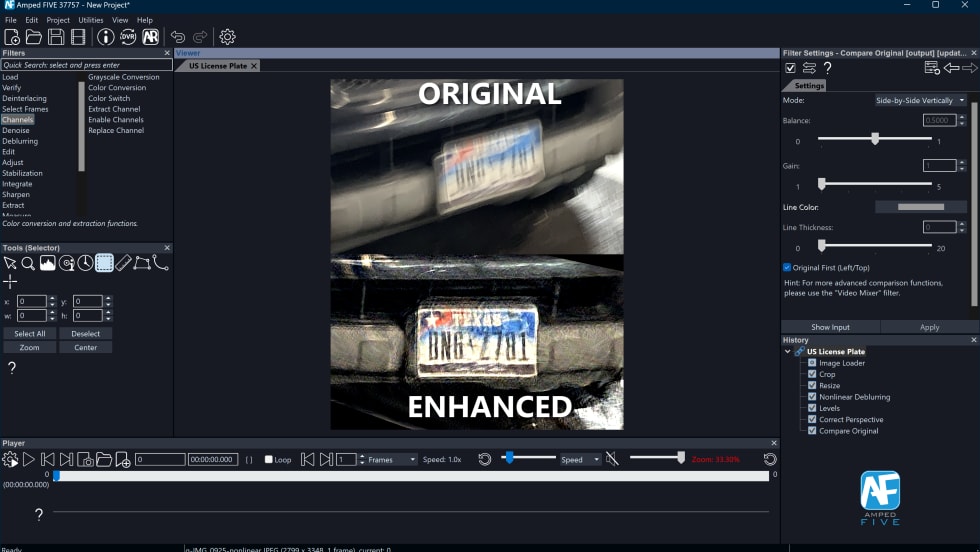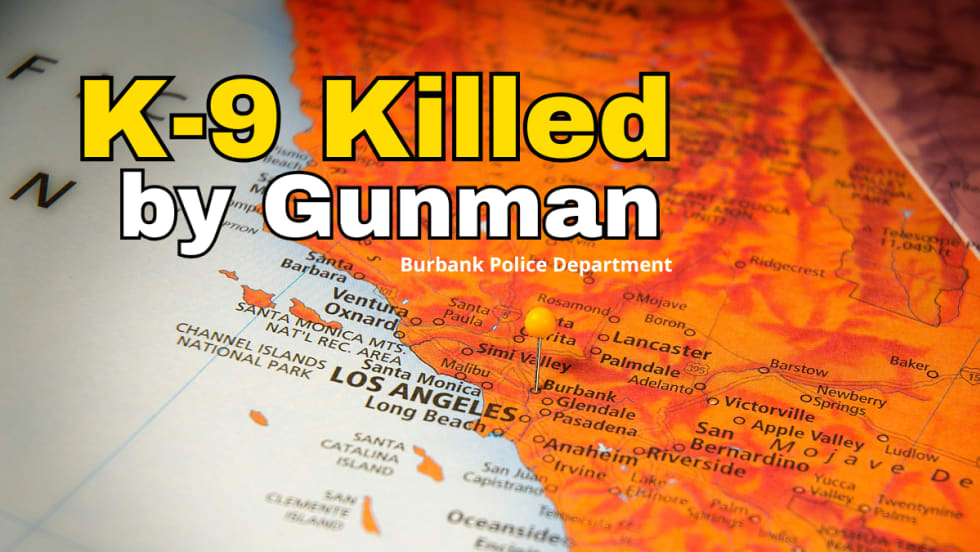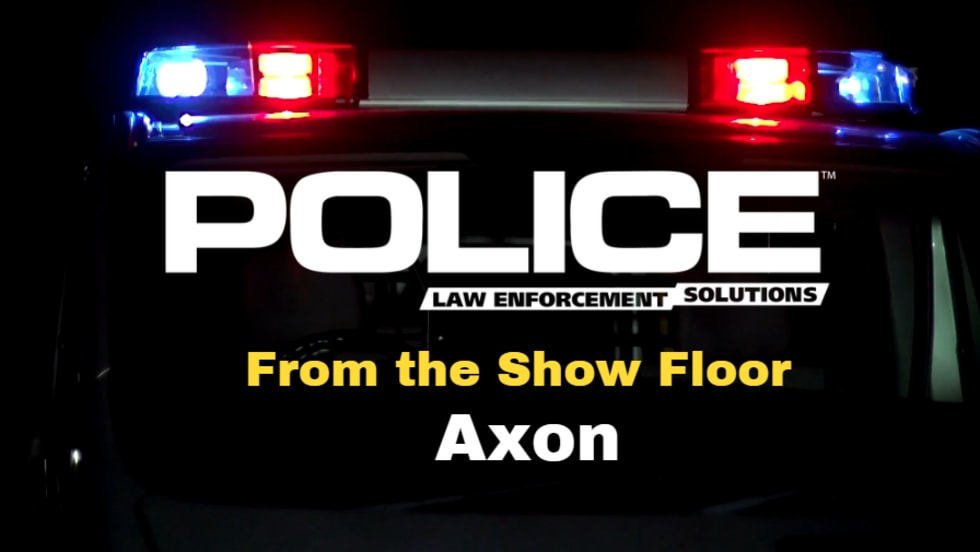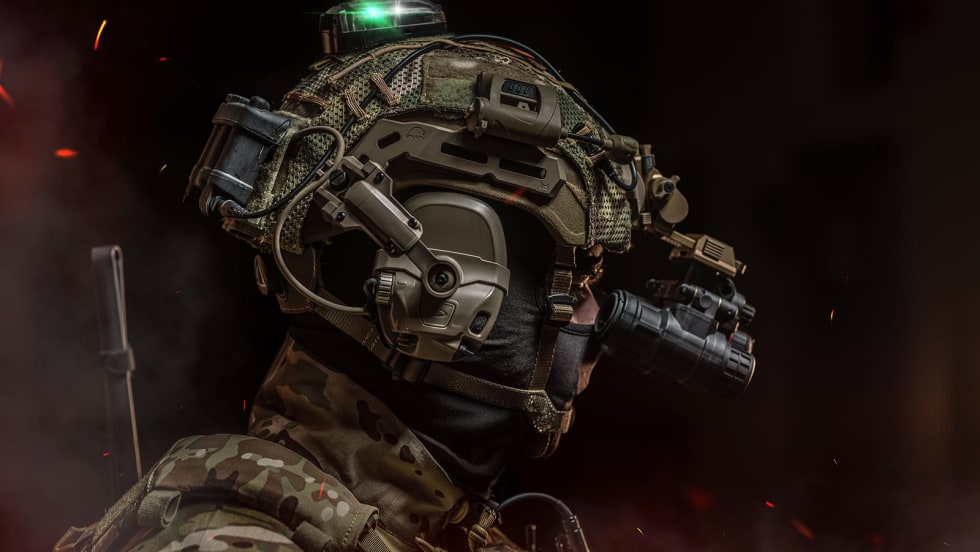BJS Director Jan Chaiken said the decline in the violent victimization rate began in 1994 and interrupted a rising trend that had existed since the mid1980s, while crimes of theft continued a 20-year pattern of decreasing rates.
BJS estimates there were 39.6 million personal and household crimes of theft and violence during 1995, compared to 42.4 million the year before, which is a 6.6 percent decline.
Last year, rape decreased almost 18 percent, robbery fell 14 percent, aggravated assault declined 19 percent and purse snatching and pocket picking were down 18 percent. Decreases in the number of property crimes such as vehicle theft were also reported.
During 1995, the BJS survey of crime victims asked approximately 100,000 people 12 years old and older in 49,000 households about crimes they might have experienced during the previous six months. Therefore, the BJS survey is able to include both crimes reported to police and those that go unreported.
Graphs and tables are accessible on BJS's Internet web site at
https://www.ojp.gov/about/offices/bureau-justice-statistics-bjs.
Additional BJS materials may be obtained by calling the BJS Clearinghouse at (800) 732-3277.











